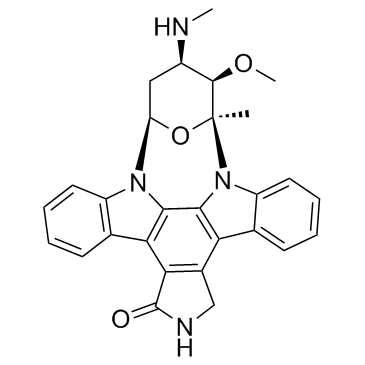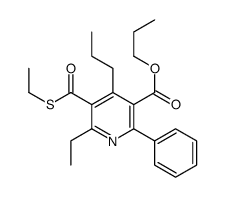| 结构式 | 名称/CAS号 | 全部文献 |
|---|---|---|
 |
百日咳毒素
CAS:70323-44-3 |
|
![2-(2-呋喃基)-7-(2-苯基乙基)-7H-吡唑并[4,3-e][1,2,4]噻唑并[1,5-c]嘧啶-5-胺 结构式](https://image.chemsrc.com/caspic/193/160098-96-4.png) |
2-(2-呋喃基)-7-(2-苯基乙基)-7H-吡唑并[4,3-e][1,2,4]噻唑并[1,5-c]嘧啶-5-胺
CAS:160098-96-4 |
|
 |
星孢菌素
CAS:62996-74-1 |
|
 |
1,3-二丙基-8-环戊基黄嘌呤
CAS:102146-07-6 |
|
 |
MRS 1523
CAS:212329-37-8 |